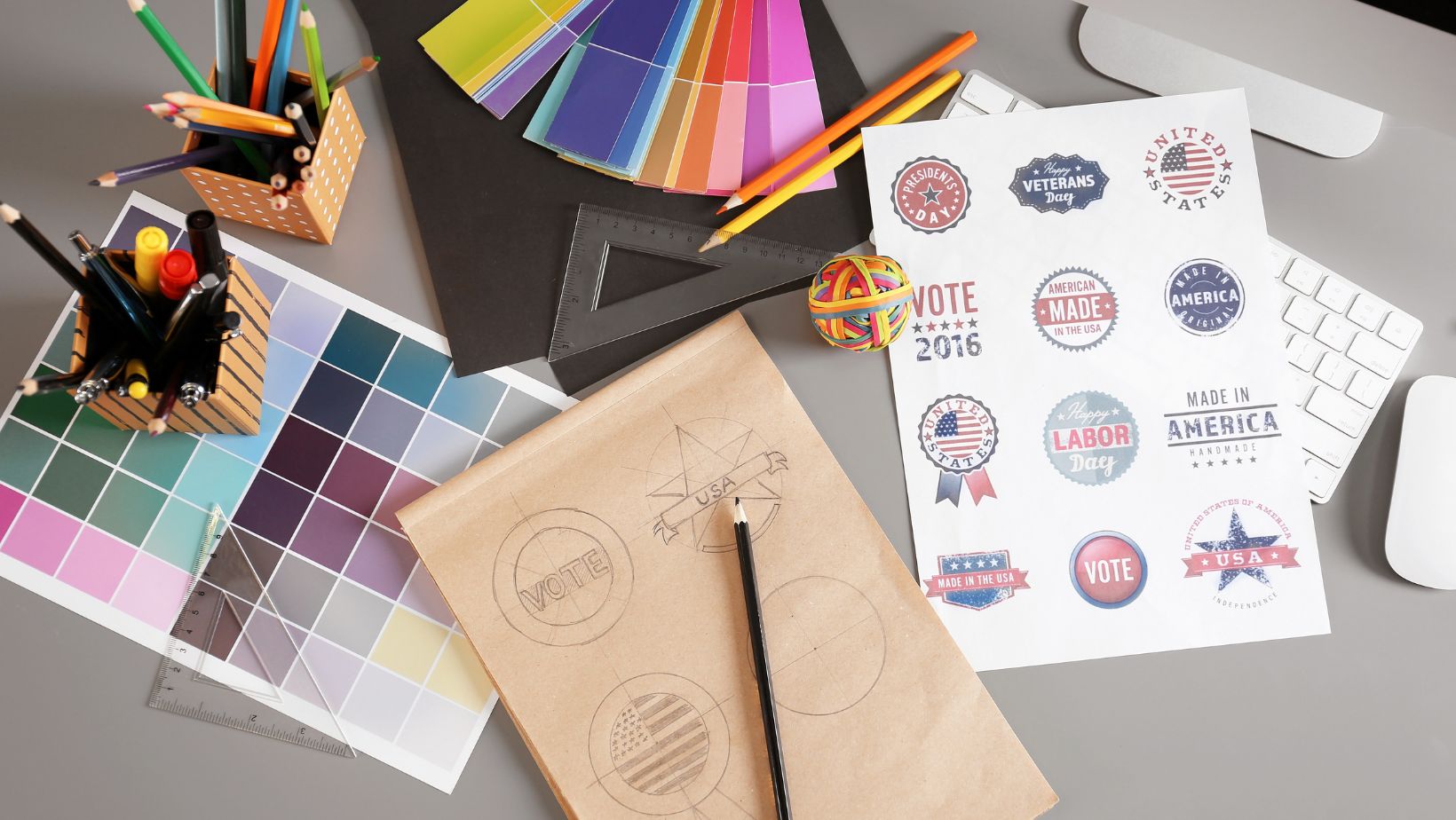Looking to learn how to edit an image in Illustrator? You’ve come to the right place! In this article, I’ll guide you through the step-by-step process of editing an image using Adobe Illustrator. Whether you’re a beginner or have some experience with graphic design software, these tips and techniques will help you enhance your images and create stunning visuals.
To start editing an image in Illustrator, open the program and import the image file you want to work with. Once your image is loaded, you can use various tools and features offered by Illustrator to make adjustments. From resizing and cropping to color correction and adding effects, Illustrator provides a wide range of options for manipulating your images.
Table of Contents
ToggleHow To Edit An Image In Illustrator
Navigating the Illustrator Interface
When it comes to editing images in Adobe Illustrator, understanding the image editing workspace is crucial. The interface may seem overwhelming at first glance, but with a little guidance, you’ll be navigating it like a pro in no time.
At the heart of the Illustrator workspace is the Tools panel. This essential component houses an array of powerful tools that enable you to edit and manipulate your images with precision. From selection tools to brush tools and everything in between, each tool serves a specific purpose and can greatly enhance your image editing workflow.
Understanding the Tools Panel
Let’s take a closer look at some key tools you’ll find in the Tools panel:
- Selection Tool: This versatile tool allows you to select and manipulate individual elements within your image.
- Pen Tool: Perfect for creating precise paths and shapes, the Pen Tool gives you full control over your image’s outlines.
- Brush Tool: With various brush presets and customizable options, this tool lets you add artistic touches or make detailed edits to your image.
- Gradient Tool: Use this tool to create smooth color transitions or apply gradients to specific areas of your artwork.
- Eyedropper Tool: Need to sample colors from other parts of your image? The Eyedropper Tool makes it easy by allowing you to pick up colors with just a click.
These are just a few examples of tools that form part of Illustrator’s robust arsenal. Familiarizing yourself with these tools will empower you to edit images efficiently while unleashing your creativity.

How To Import And Open An Image In Illustrator
In this section, I’ll walk you through the process of importing and opening an image in Adobe Illustrator. Whether you’re a beginner or an experienced user, these steps will help you get started with editing images in Illustrator.
- Launch Adobe Illustrator: Start by opening Adobe Illustrator on your computer. If you don’t have it installed, you can download a free trial from the Adobe website.
- Create a New Document: Once Illustrator is open, go to File > New to create a new document. Here, you can specify the dimensions and resolution for your project. Make sure to set up your document according to your image’s specifications.
- Choose “File” > “Place”: To import an image into your Illustrator document, click on “File” in the top menu bar and select “Place.” This will open a file browser window where you can navigate to the location of the image file on your computer.
- Select and Place Your Image: Once you’ve located the image file, select it and click on the “Place” button. Your chosen image will now appear as a loaded cursor within your document.
- Position and Scale Your Image: Click anywhere within the artboard to place your image at that location. You can then use the handles around the edges of the image to resize or rotate it as needed.
- Edit Image Properties: With the placed image selected, you can make adjustments using various options available in the Properties panel or Control panel at the top of your workspace. These options allow you to modify aspects such as color mode, transparency settings, cropping, resizing, etc.
- Save Your Document: Once you’re satisfied with how your imported image looks within Illustrator, remember to save your document by going to File > Save (or use Ctrl+S / Command+S shortcut). This ensures that all changes made are preserved for future edits.
By following these steps, you can easily import and open an image in Adobe Illustrator. From here, you can further manipulate and edit the image using Illustrator’s powerful tools and features to achieve your desired results.
Remember, practice makes perfect! So, don’t hesitate to experiment with different editing techniques to unleash your creativity






